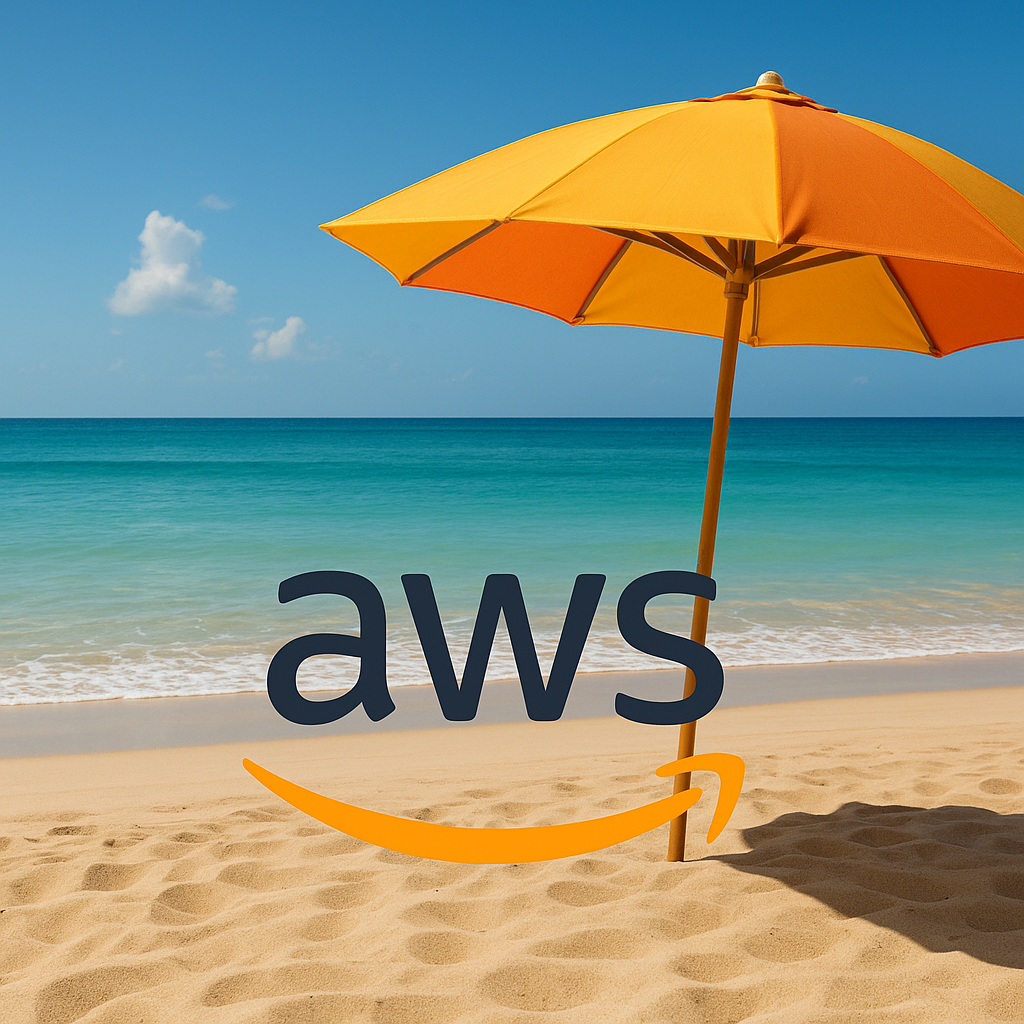While many were away on a well-earned break, AWS quietly rolled out a series of pricing and product updates that could significantly affect your infrastructure cost profile. These changes are especially relevant for teams managing large-scale, multi-account environments with evolving AI, backup, and data transfer needs.
Here’s a breakdown of what’s changed, how it affects billing, and what infrastructure leaders should now monitor more closely.

1. OpenAI Models in AWS Bedrock and SageMaker
Announced: August 5, 2025
With AWS integrating OpenAI models into both Bedrock and SageMaker JumpStart, there’s a fundamental shift in how AI usage is billed.
Before
- SageMaker was priced by instance runtime hours.
- API-based AI services were external and billed per request or token.
Now
- Bedrock charges based on input/output tokens.
- SageMaker JumpStart remains tied to instance hours, but throughput varies depending on model type, implicitly impacting token-equivalent costs.
What to monitor
- Service type: Bedrock (token-based) vs SageMaker (runtime-based).
- Usage unit: tokens versus instance hours.
- Resource tagging: team, project, environment.
- Sudden increases in token usage or endpoint runtime.
Impact
Token-based pricing introduces variability. Teams experimenting with generative AI could experience cost swings that are hard to trace without proper observability in place.
2. Savings Plan Policy Changes for Resellers and Linked Accounts
Effective: June 1, 2025
AWS has restricted how Savings Plans and Reserved Instances are shared across organizations, especially affecting resellers and MSPs.
Before
- Discounts could be pooled across multiple linked accounts, even across different customers.
Now
- Discounts are still pooled within a single customer organization, but cannot be shared across customers under a reseller.
What to monitor
- Purchase method: On-Demand vs Savings Plan.
- Commitment coverage across linked accounts.
- Unused or underutilized Savings Plans.
- Accurate tagging for cost allocation.
Impact
Organizations that relied on cross-customer pooling for cost efficiency may now see lower utilization rates. It’s essential to reassess existing coverage and allocation policies to avoid waste.
3. Cross-Region Automated Backups for RDS
Announced: June 2025
Amazon RDS now supports automated cross-region backup replication, which simplifies disaster recovery but introduces new billing dimensions.
Before
- Cross-region resilience required manual snapshot copying, adding operational overhead.
Now
- AWS handles automated backup replication.
- You’re billed for snapshot copies, storage in the destination region, and cross-region data transfer.
What to monitor
- Backup storage vs snapshot copy usage.
- Cost differences between source and destination regions.
- Tagging by environment (production, staging).
Impact
The operational burden has decreased, but without proper monitoring, backup costs may scale rapidly—especially in production environments with large data sets.
4. S3 Transfer Acceleration and Multi-Region Access Pricing
Ongoing pricing updates throughout 2025
S3 Transfer Acceleration now routes traffic through CloudFront edge locations, introducing new pricing variables and region-pair-based billing.
Before
- Data transfer was charged based on AWS region boundaries.
Now
- Accelerated transfers use edge locations with per-GB pricing that varies by location category.
- Multi-Region Access Points add an additional region-pair pricing layer.
What to monitor
- Usage types that indicate Transfer Acceleration is enabled.
- Origin and destination region pairs.
- Unexpected egress or inter-region traffic spikes.
Impact
This is one of the easiest features to accidentally enable via SDKs or configuration defaults, and it can double your transfer costs without any change in traffic volume. Be especially cautious when building global data workflows.
5. Amazon Elastic VMware Service (EVS)
Announced: August 5, 2025
AWS has launched EVS, allowing organizations to run VMware Cloud Foundation (VCF) on EC2 bare metal infrastructure inside a VPC.
Before
- VMware was managed externally or via VMware Cloud on AWS with less billing transparency.
Now
- AWS bills for the EC2 bare metal and associated resources.
- VMware licensing is bring-your-own, billed separately.
What to monitor
- Product codes and usage data tied to VMware workloads.
- Resource IDs for compute, storage, and networking.
- Clear tagging of VMware environments to differentiate from native AWS workloads.
Impact
This tightens hybrid-cloud integration and simplifies billing, but cost observability depends entirely on how you structure tagging and resource usage tracking. Misclassified workloads could lead to misallocated costs and budgeting issues.
Summary of Changes
| Feature | Key Cost Change | Monitoring Focus |
|---|---|---|
| OpenAI in Bedrock/SageMaker | Token-based vs runtime pricing | Service choice, token usage, idle endpoints |
| Savings Plan Policy | End of reseller pooling | Linked account usage, unused SPs |
| RDS Cross-Region Backup | Automated replication costs | Backup usage types, regional distribution |
| S3 Transfer Acceleration | Region-pair, edge-based pricing | Accelerated usage, region-pair traffic |
| Elastic VMware Service | Bare metal + BYO licensing | VMware-tagged infra, compute/storage IDs |
Final Thoughts
These updates reflect AWS’s continued shift toward dynamic, usage-based pricing models that demand tighter cost observability and infrastructure tagging discipline.
For infrastructure teams returning from summer, this is a critical time to:
- Reevaluate tagging and allocation policies.
- Adjust cost monitors and budgets to reflect new pricing mechanics.
- Brief DevOps and platform teams deploying services with AI, backup, or cross-region components.
Cost changes like these don’t usually come with fanfare — but their financial impact can be significant. Being proactive here can prevent budget overruns in Q3 and beyond.
